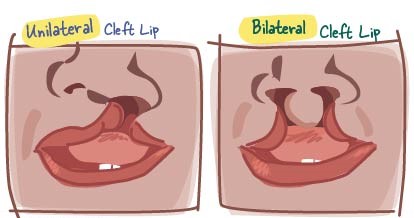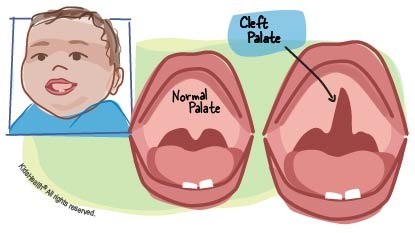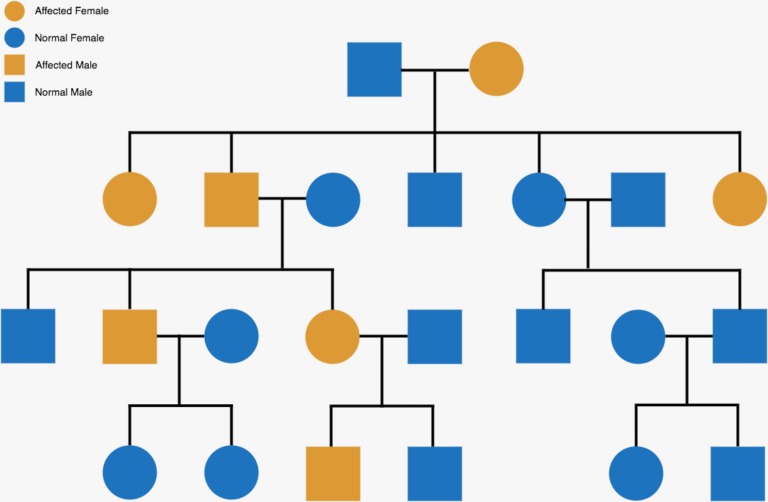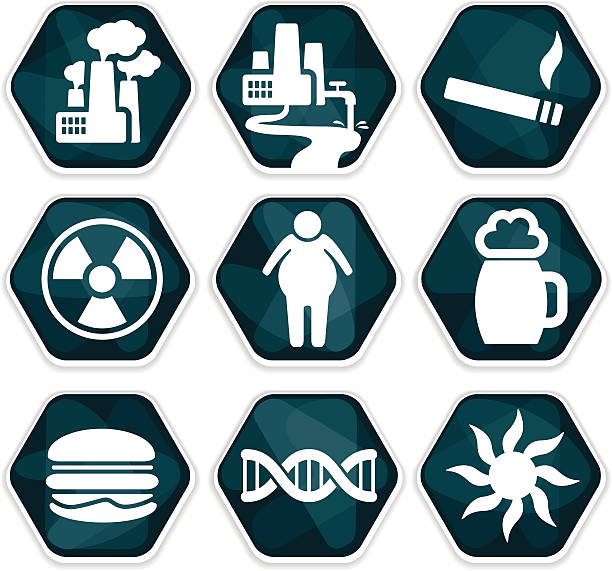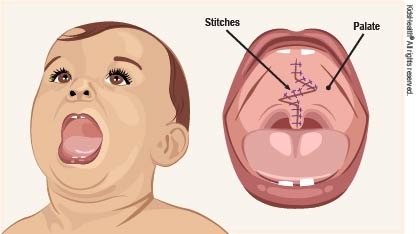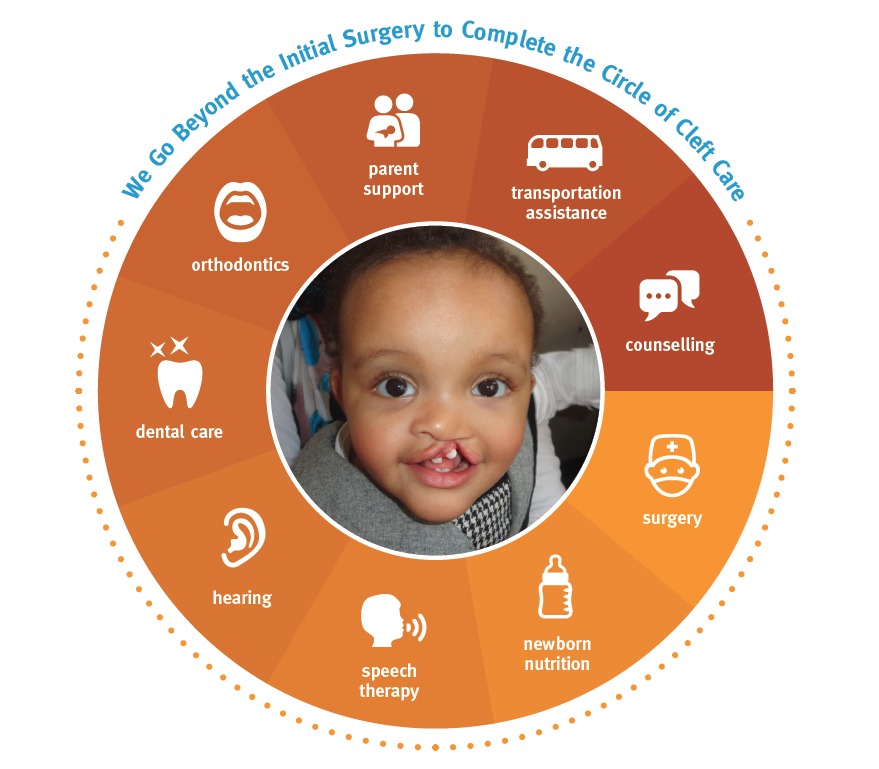What are Cleft Lip and Palate?
A cleft lip occurs when a baby’s upper lip doesn’t form completely, leaving an opening.
Similarly, a cleft palate is a birth defect where the baby’s palate, the roof of the mouth, doesn’t form completely, resulting in an opening.
Prevalence of Cleft Lip and Palate
The incidence of cleft lip and palate varies based on factors such as ethnic background, geographic location, and socioeconomic status. Previous studies have shown that the African population has the lowest incidence rate at 0.4/1000 births. Europe has an incidence rate of about 1/1000, while Asia and South America have relatively high rates at approximately 2/1000.
The occurrence of cleft is significantly high in developing countries such as Pakistan, with a reported incidence rate of 1.91 per 1000 births. Pakistan is estimated to have the fourth highest number of cleft births globally, after China, India, and Indonesia, as per extrapolated statistics by the Smile Train (New York, N.Y.).
Possible Causes
Although the exact cause is unknown, cleft lip and palate may be a result of various factors, including genetics and environmental elements. The risk of cleft is more when a positive family history exists, and an affected parent has a 3% to 5% risk of having an affected child.
Environmental factors such as diet, medication, smoking, or alcohol consumption during pregnancy are also thought to play a role in cleft etiology.
Although the exact cause is unknown, cleft lip and palate may be a result of various factors, including genetics and environmental elements. The risk of cleft is more when a positive family history exists, and an affected parent has a 3% to 5% risk of having an affected child.
Environmental factors such as diet, medication, smoking, or alcohol consumption during pregnancy are also thought to play a role in cleft etiology.
Treatment Options
Surgery is the primary treatment for cleft lip and palate, usually performed before the child reaches 1 year for cleft lip and 18 months for cleft palate. Timely intervention is crucial for effective treatment and to enhance the child’s quality of life.
Comprehensive Cleft Care
A patients’ need for care doesn’t stop when a surgical program ends. Cleft patients need a comprehensive cleft care approach requiring a multi-disciplinary team. Other services include dentistry, orthodontics, speech therapy, nutritional counselling, audiology and psychosocial care.
Conclusion
With the right treatment, children with clefts can thrive and lead healthy lives. By raising awareness, understanding the challenges, and advocating for equitable care, we can bridge the gaps and ensure every child receives the care they deserve, providing them with the opportunity to smile brightly and embrace a future full of potential. Together, let’s make a difference in the lives of these young warriors!
Top of Form
Cleft Hospital Pakistan is committed to providing exceptional care to cleft patients. For more information or to support their mission, please visit their website https://clefthospital.com/
Disclaimer: This blog post is for informational purposes only and should not be considered as medical advice. Always consult with a qualified healthcare professional before making any medical decisions.



